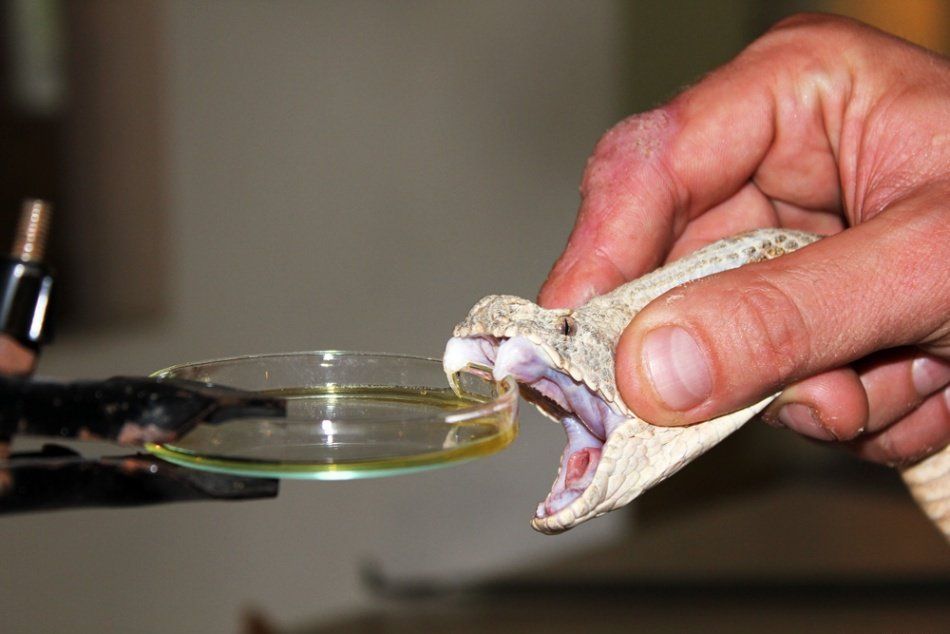
All iLive content is medically reviewed or fact checked to ensure as much factual accuracy as possible.
We have strict sourcing guidelines and only link to reputable media sites, academic research institutions and, whenever possible, medically peer reviewed studies. Note that the numbers in parentheses ([1], [2], etc.) are clickable links to these studies.
If you feel that any of our content is inaccurate, out-of-date, or otherwise questionable, please select it and press Ctrl + Enter.
Snake venom can help treat cancer and diabetes
Medical expert of the article
Last reviewed: 01.07.2025
 ">
">It is not for nothing that the snake is a well-known medical symbol. People have known for a long time that snake venom has not only destructive but also creative properties. It is capable of not only harming a person, but also healing. Perhaps we still do not know how strong the healing properties of snake venom can be.

Scientists from the Liverpool School of Tropical Medicine, after conducting a series of experiments, claim that snake venom can be used to create drugs for the treatment of diabetes, hypertension and even cancer.
Medicine has long used drugs made from snake venom, but the deadly toxins that make up its composition remain a problem for scientists and doctors. To make the use of drugs safe, scientists have to change the structure of the toxins. However, recent studies show that "non-toxic toxins" that will be useful in the development of drugs can be formed in the body of the snake.
The fact is that the dangerous molecules contained in snake venom - toxins - evolved from harmless molecules that were used by the snake not to kill prey, but performed various "peaceful" functions in different parts of the snake's body. Until recently, it was believed that this evolutionary process was one-sided, but scientists from the Australian National University and Bangor University, after analyzing the gene sequences of the Burmese python and garter snake, came to the conclusion that toxins from snake venom can still return to their harmless state as a result of evolutionary processes. If scientists subsequently manage to understand how these processes occur, this knowledge can be used to produce new drugs based on snake venom. Perhaps these new drugs will expand the medical arsenal for the fight against diseases such as cancer and diabetes.
"Our findings confirm that the evolution of venoms is a truly complex process. Snakes' glands that secrete a dangerous fluid evolve. The venom is responsible not only for killing prey, but also performs other functions in the snake's body," comments Professor Nicholas Casewell.
Experts conducted a clinical analysis of snake venom and found that many harmless toxins can combat diseases of the nervous system and cardiovascular diseases.
Further study of the "non-toxic toxins" in snake venom could help drug developers make them safe and effective in treating a variety of diseases.
At present, the poisons of three snakes are used to produce medicines: vipers, cobras and lebetina vipers. The doses of their poisonous substance in injections and ointments do not exceed a tenth of a milligram. In each individual case, the dosage of the drug and the course of treatment are determined by the doctor.


 [
[